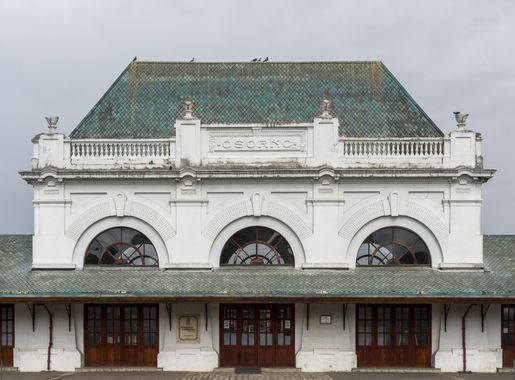
Osorno: A Gateway to Patagonian Wonders
Discover Osorno, Chile: A picturesque city nestled beneath the Osorno Volcano, offering rich history, outdoor adventures, and delicious local cuisine in a stunning natural setting.
Nestled in the lush landscapes of southern Chile, Osorno is a charming city that offers an enchanting mix of natural beauty, rich history, and vibrant culture. Known as the 'City of Volcanoes,' Osorno sits under the watchful eye of the majestic Osorno Volcano, providing a stunning backdrop that inspires awe in every visitor. Osorno is a haven for outdoor enthusiasts. Its proximity to national parks, lakes, and mountains makes it an ideal base for activities such as hiking, fishing, and skiing. The nearby Puyehue National Park is a must-visit, boasting hot springs, dense forests, and diverse wildlife. History buffs will appreciate Osorno's colonial past, reflected in its architecture and museums. The Plaza de Armas, the city's main square, is surrounded by historical buildings and offers a glimpse into the city's vibrant past. The Osorno Cathedral, with its striking modernist design, stands as a testament to the city's resilience and spirit. Food lovers will delight in Osorno's culinary offerings. The city is known for its delicious beef, dairy products, and traditional Chilean cuisine. Don't miss the local markets, where you can sample fresh produce and artisanal goods. Friendly locals, scenic beauty, and a wealth of activities make Osorno a hidden gem in Chile's tourism landscape. Whether you're seeking adventure, relaxation, or cultural experiences, Osorno has something for everyone.
Local tips in Osorno
- Visit Puyehue National Park early in the morning to avoid crowds and enjoy the hot springs in peace.
- Try the local meat dishes, especially the beef, which Osorno is famous for.
- Pack layers of clothing as the weather can be unpredictable, especially if you plan to explore outdoor areas.
- Learn a few basic Spanish phrases; while many locals are friendly, English is not widely spoken.
- Check out the local markets for fresh produce and unique artisanal crafts.
Osorno: A Gateway to Patagonian Wonders
Nestled in the lush landscapes of southern Chile, Osorno is a charming city that offers an enchanting mix of natural beauty, rich history, and vibrant culture. Known as the 'City of Volcanoes,' Osorno sits under the watchful eye of the majestic Osorno Volcano, providing a stunning backdrop that inspires awe in every visitor. Osorno is a haven for outdoor enthusiasts. Its proximity to national parks, lakes, and mountains makes it an ideal base for activities such as hiking, fishing, and skiing. The nearby Puyehue National Park is a must-visit, boasting hot springs, dense forests, and diverse wildlife. History buffs will appreciate Osorno's colonial past, reflected in its architecture and museums. The Plaza de Armas, the city's main square, is surrounded by historical buildings and offers a glimpse into the city's vibrant past. The Osorno Cathedral, with its striking modernist design, stands as a testament to the city's resilience and spirit. Food lovers will delight in Osorno's culinary offerings. The city is known for its delicious beef, dairy products, and traditional Chilean cuisine. Don't miss the local markets, where you can sample fresh produce and artisanal goods. Friendly locals, scenic beauty, and a wealth of activities make Osorno a hidden gem in Chile's tourism landscape. Whether you're seeking adventure, relaxation, or cultural experiences, Osorno has something for everyone.
When is the best time to go to Osorno?
Iconic landmarks you can’t miss
Plaza de Armas de Osorno
Discover the vibrant Plaza de Armas de Osorno, where nature, culture, and community converge in the heart of Los Lagos, Chile.
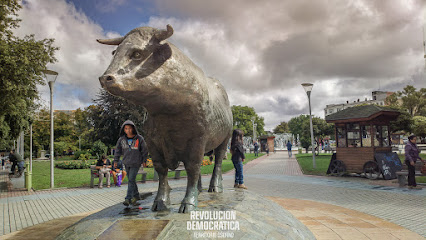
Sonesta Hotel Osorno
Discover the elegance and comfort of Sonesta Hotel Osorno, your ideal retreat in the breathtaking Los Lagos region of Chile, perfect for both leisure and business travelers.
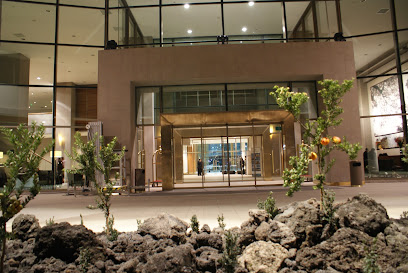
Cuarto Centenario Park
Explore the lush beauty and vibrant community life at Cuarto Centenario Park, a stunning urban oasis in Osorno, Los Lagos.
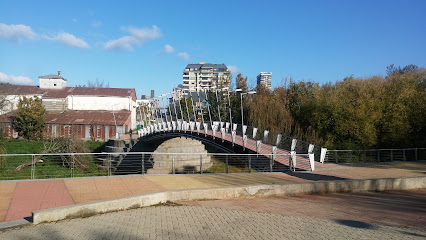
Parque chuyaca
Experience the serene beauty of Parque Chuyaca in Osorno, Chile, a perfect destination for nature lovers and outdoor enthusiasts alike.
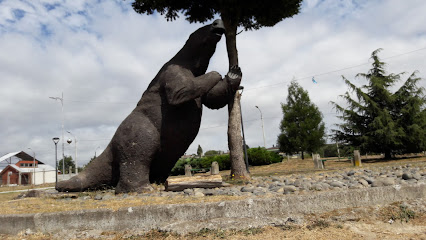
Auto Museum Moncopulli
Explore the fascinating history of automobiles at Auto Museum Moncopulli, a must-see attraction in Los Lagos, Chile, perfect for enthusiasts and families.
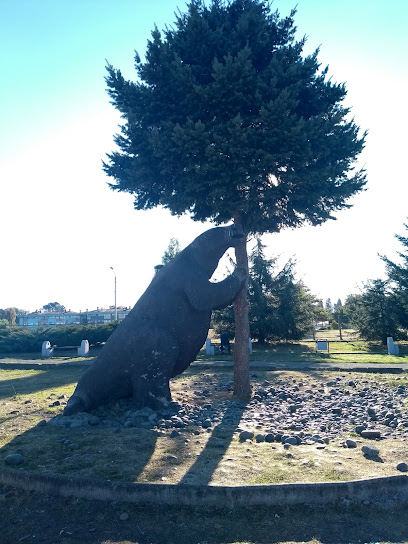
Hotel Diego de Almagro Osorno
Discover the charm of Los Lagos while enjoying a comfortable stay at the Hotel Diego de Almagro Osorno, your gateway to outdoor adventures.

Fuerte Reina Luisa
Immerse yourself in the history and culture of Los Lagos at Fuerte Reina Luisa, a fascinating museum in Osorno, Chile.
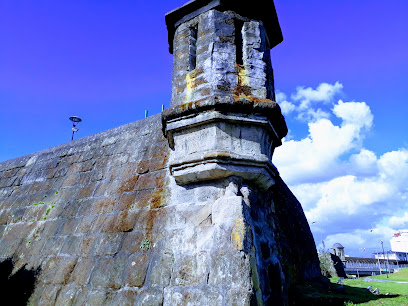
Catedral San Mateo
Explore the breathtaking Catedral San Mateo in Osorno, a stunning neo-Gothic cathedral offering a glimpse into Chile's rich cultural and spiritual heritage.
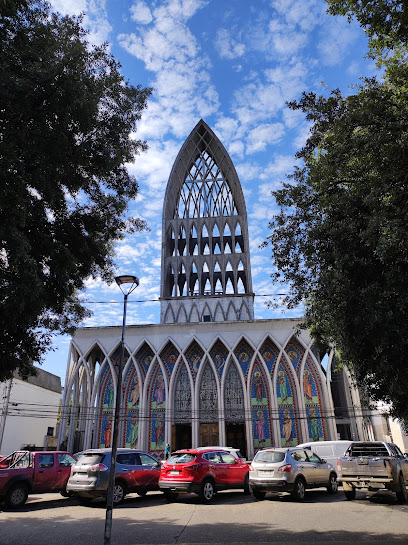
Kaufmann Osorno
Discover Kaufmann Osorno: Your ultimate hub for quality vehicles and trusted auto services in the heart of beautiful Los Lagos, Chile.
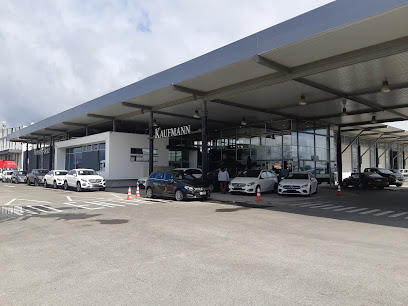
Pueblito Artesanal de Osorno
Experience the vibrant artisan culture of Pueblito Artesanal de Osorno, where each handcrafted piece tells a story of tradition and creativity.
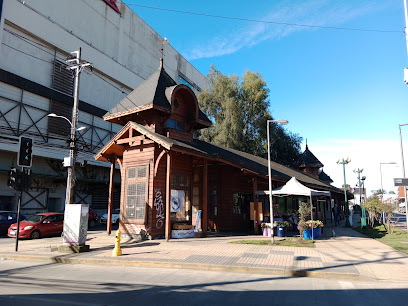
IV Centenario Park
Explore the serene landscapes and recreational activities at IV Centenario Park, a tranquil state park in Osorno, Los Lagos, perfect for nature lovers.
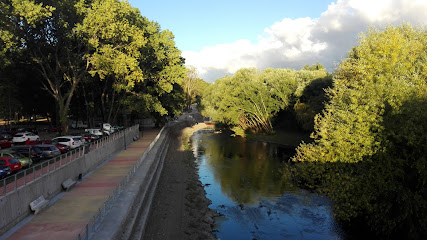
Museo de Artes Visuales Surazo
Explore the vibrant collections at Museo de Artes Visuales Surazo, a prominent museum in Osorno showcasing the rich visual arts of Chile.
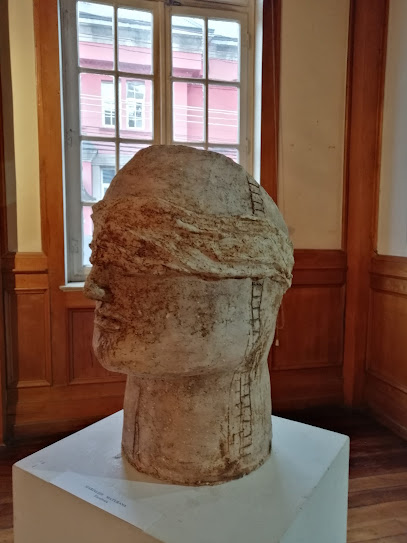
turismo osorno
Explore Osorno, Chile: Experience breathtaking landscapes, rich culture, and unforgettable outdoor adventures in Los Lagos region.
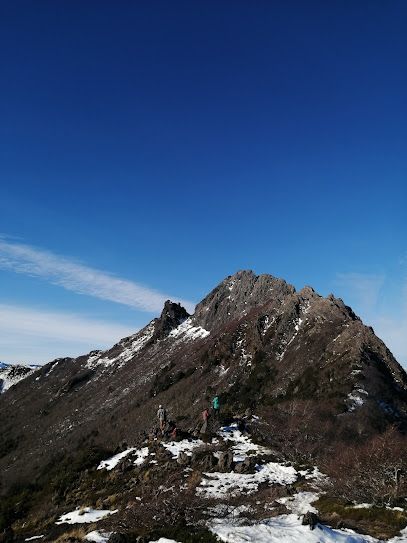
Casonas de primeros Inmigrantes Alemanes
Discover the captivating history of German immigrants at the Casonas de Primeros Inmigrantes Alemanes in Osorno, a must-visit museum for history enthusiasts.
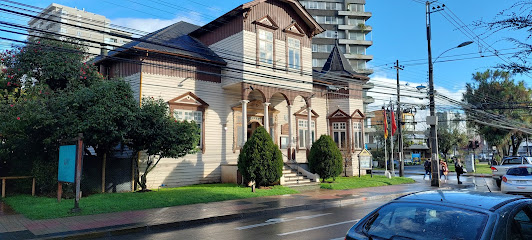
Isla del Misterio
Experience the serene beauty of Isla del Misterio, a hidden park in Los Lagos, Chile, perfect for nature lovers and outdoor adventurers.
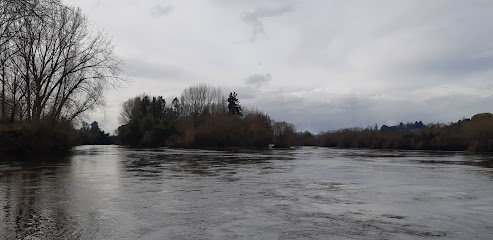
Unmissable attractions to see
Plaza de Armas de Osorno
Experience the vibrant culture and natural beauty of Plaza de Armas de Osorno, a charming city park and historical landmark in the heart of Osorno, Chile.
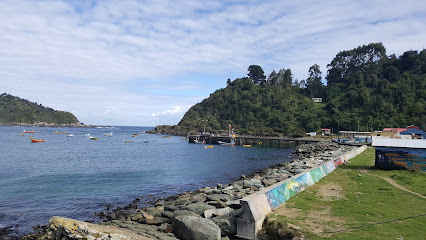
Parque Pleistocénico Chuyaca
Discover the prehistoric marvels of Parque Pleistocénico Chuyaca in Chile's Los Lagos region, where nature and history intertwine in a captivating outdoor experience.
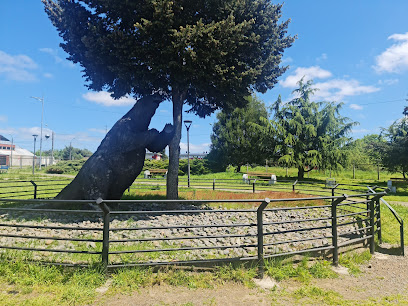
Cuarto Centenario Park
Explore the beauty and tranquility of Cuarto Centenario Park in Osorno, a perfect retreat for nature lovers and families alike.
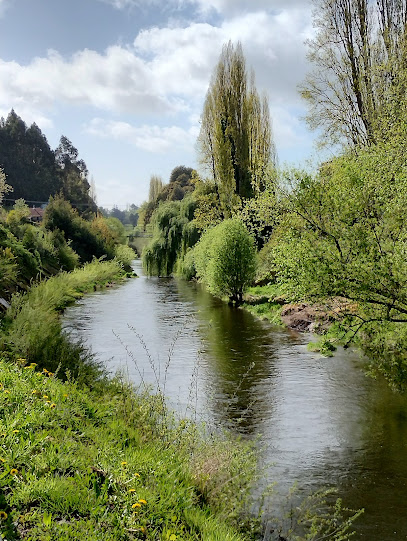
Parque chuyaca
Discover the serene beauty of Parque Chuyaca in Osorno, a must-visit tourist attraction in the heart of Los Lagos, perfect for relaxation and adventure.
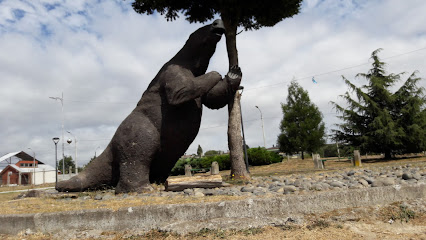
Bellavista Park
Experience the beauty and tranquility of Bellavista Park, a lush retreat in Osorno, Los Lagos, perfect for nature lovers and families alike.
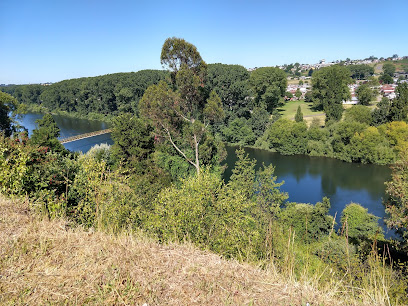
Auto Museum Moncopulli
Explore the captivating history of automobiles at Auto Museum Moncopulli in Los Lagos, Chile, where vintage cars tell their stories.

Fuerte Reina Luisa
Explore Fuerte Reina Luisa, a historical gem in Osorno, Chile, blending rich heritage with stunning architecture and cultural experiences.
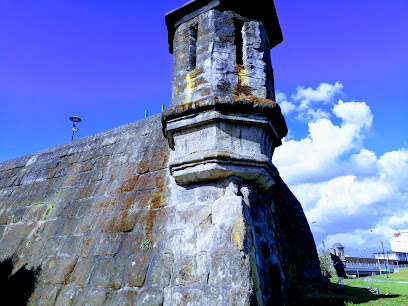
Catedral San Mateo
Discover the breathtaking Catedral San Mateo in Osorno, a stunning architectural masterpiece and spiritual haven in the heart of Los Lagos, Chile.

IV Centenario Park
Explore IV Centenario Park in Osorno, a serene state park blending natural beauty, cultural heritage, and recreational activities for all ages.
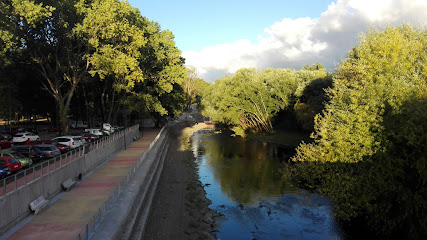
Museo de Artes Visuales Surazo
Discover the vibrant art scene at Museo de Artes Visuales Surazo, a cultural highlight in Osorno, Chile, showcasing local and national artistic heritage.
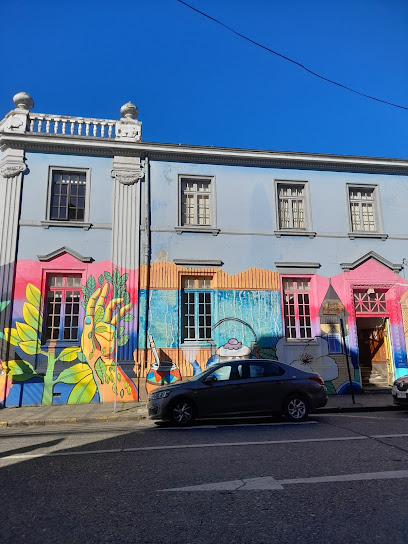
Vulcão Osorno
Explore the breathtaking Osorno Volcano in Los Lagos, Chile - a perfect blend of adventure and stunning natural beauty.
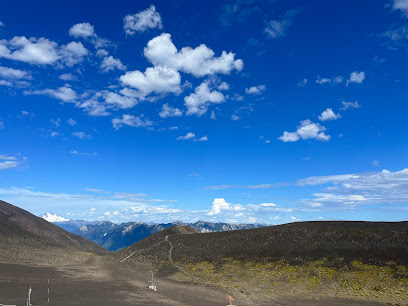
Monumento Flora Inostroza
Explore the Monumento Flora Inostroza, a captivating tribute to local heritage in Osorno, Los Lagos, surrounded by stunning natural beauty.
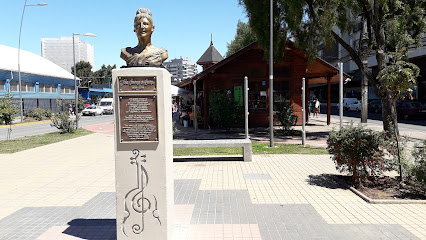
Essential places to dine
NovaKing Sandwich
Discover NovaKing Sandwich: A must-visit destination in Osorno for delicious hoagies and local brews amidst vibrant Chilean culture.
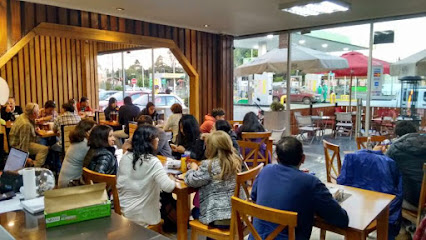
Cafe Central
Discover Cafe Central in Osorno: where local flavors meet international cuisine in a cozy atmosphere.
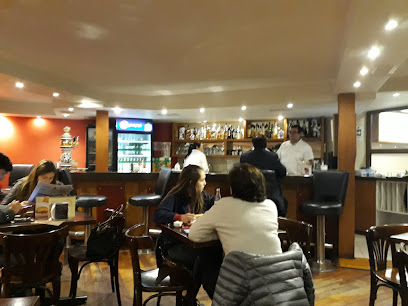
NovaKing Soul-Bar
Experience the vibrant flavors of NovaKing Soul-Bar in Osorno—where local cuisine meets a warm atmosphere.
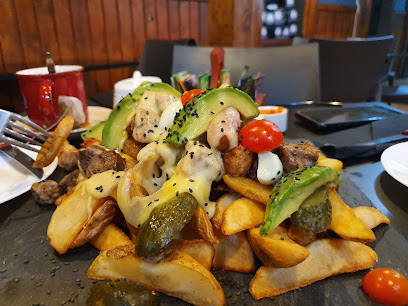
Cassis Osorno
Experience authentic Chilean cuisine at Cassis Osorno – where local flavors meet warm hospitality in Los Lagos.
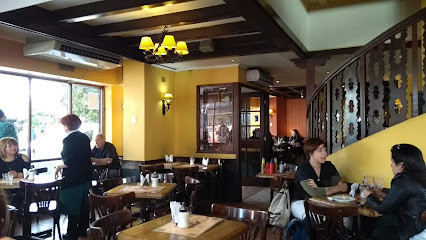
Club de Artesanos
Experience authentic Chilean grilled cuisine at Club de Artesanos in Osorno – where flavor meets tradition in every bite.

Taberna Pirata Bar
Experience the lively atmosphere at Taberna Pirata Bar in Osorno, where delicious grilled dishes meet exceptional local brews.
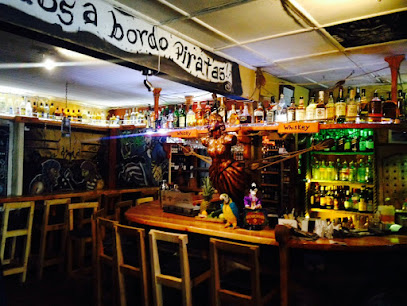
Gallardia Sambuchería Gurmé
Discover authentic Chilean flavors at Gallardia Sambuchería Gurmé in Osorno – a must-visit destination for food lovers.
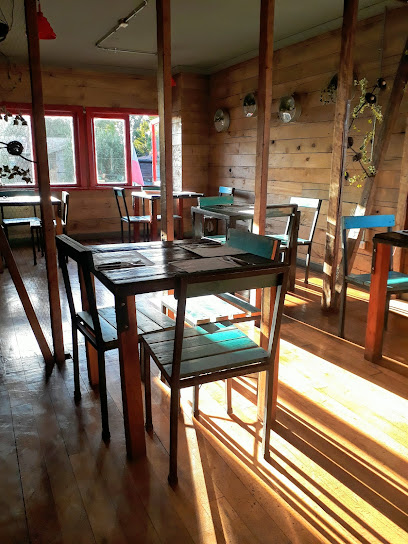
La Barra Cartes
Discover La Barra Cartes: A Culinary Gem in Osorno Offering Authentic Chilean Flavors in a Warm Atmosphere.
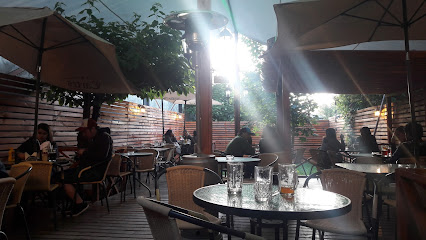
Crudos Wufehr
Experience authentic German cuisine at Crudos Wufehr in Osorno – where tradition meets taste in every dish.
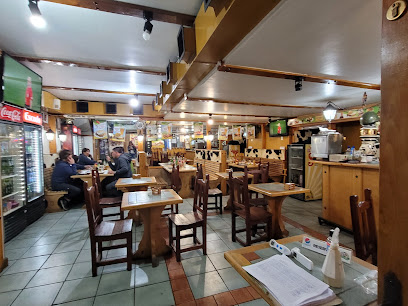
Club Social Ramirez Sociedad De Socorros Mutuos
Experience authentic Chilean cuisine in Osorno at Club Social Ramirez – where local flavors meet warm hospitality.
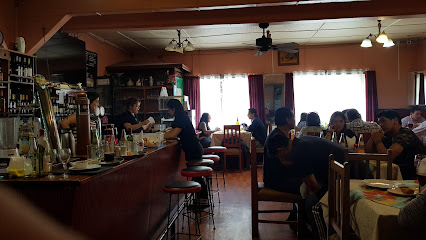
El Galpón
Experience authentic Chilean cuisine in Osorno's elegant restaurant, El Galpón - where every dish tells a story.
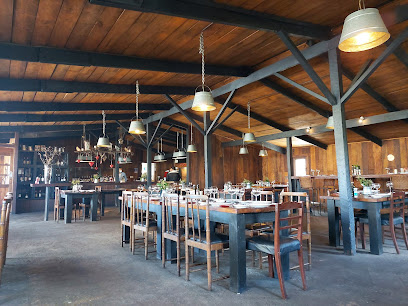
Queriko Restaurant
Discover authentic Chilean cuisine at Queriko Restaurant in Osorno - where every dish tells a story of local flavors and traditions.
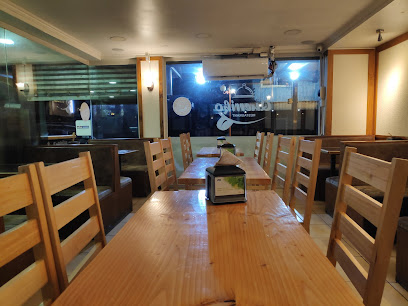
Bitte Brot
Discover the culinary delights at Bitte Brot in Osorno - where local flavors meet artisanal craftsmanship.
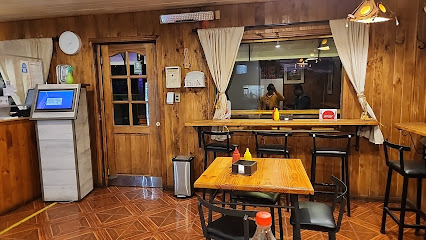
Patio Comidas Portal Osorno
Discover authentic Chilean cuisine at Patio Comidas Portal Osorno - a vibrant culinary hub in Los Lagos offering diverse local flavors.
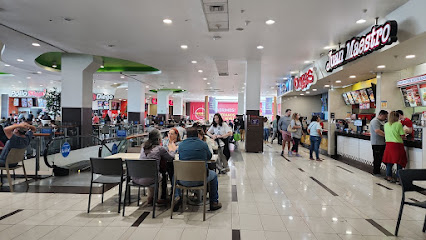
Pizzeria la casa Blanca
Experience authentic Italian pizza at Pizzeria la Casa Blanca in Osorno - where every slice tells a delicious story.
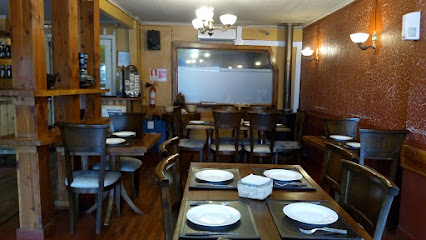
Markets, malls and hidden boutiques
Mall Portal Osorno
Explore the vibrant Mall Portal Osorno, the ultimate shopping and dining destination in the heart of Los Lagos, Chile.
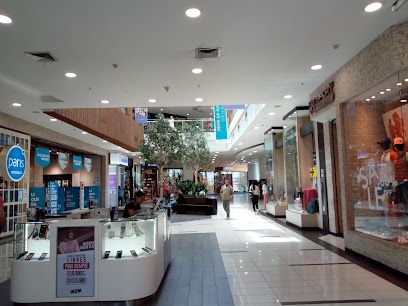
Easy Osorno
Explore Easy Osorno, a premier home goods store offering stylish furniture, decor, and unique gifts in the heart of Chile's picturesque Los Lagos region.
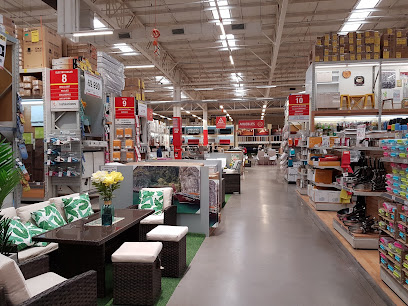
Rip Curl Portal Osorno
Explore Rip Curl Portal Osorno for top-notch surf apparel and gear, celebrating the surfing lifestyle in the stunning Los Lagos region.

Beer Manía
Explore the vibrant craft beer culture of Osorno at Beer Manía, your ultimate destination for local and international brews.

Cial San Jorge
Discover the charm of local shopping at Cial San Jorge in Osorno, where unique products and a vibrant atmosphere await every traveler.
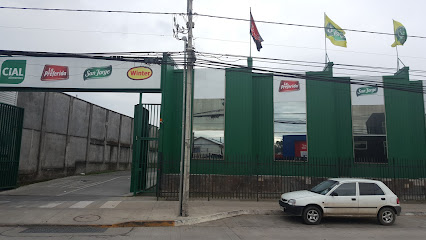
BSJ ROPAMERICANA
Explore BSJ ROPAMERICANA in Osorno for trendy clothing that reflects the vibrant culture and style of Los Lagos, Chile.
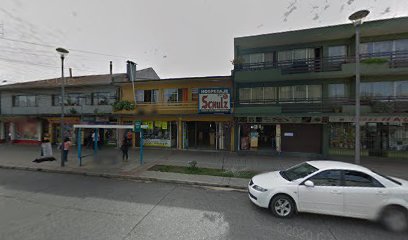
Somos Cultura Tienda Hip Hop
Discover unique hip-hop fashion at Somos Cultura Tienda Hip Hop in Osorno, where culture and style intersect in a vibrant shopping experience.
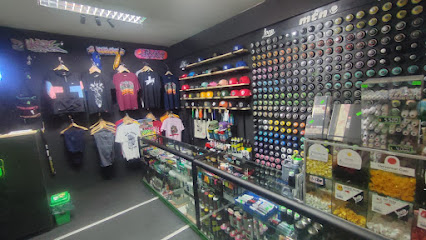
Antigüedades Romance Antiguo
Explore the charm of Antigüedades Romance Antiguo in Osorno, where every antique tells a story and vintage treasures await.

Zona De Ofertas
Explore Zona De Ofertas in Osorno for a vast selection of home goods at unbeatable prices, perfect for enhancing your living space.
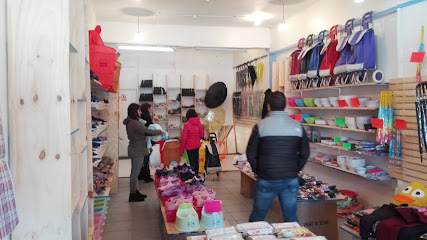
Bodega De Hites Osorno
Discover Bodega De Hites Osorno, a vibrant shopping mall with local goods, eateries, and unique finds in the heart of Los Lagos.
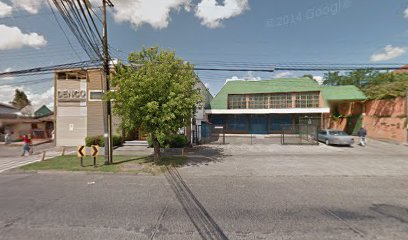
Pisek Osorno - Belleza - Maquillaje - Barbería - Perfumería
Explore Pisek Osorno, a premier beauty supply store in the heart of Los Lagos, offering a wide range of cosmetics, nail care, and luxurious perfumes.
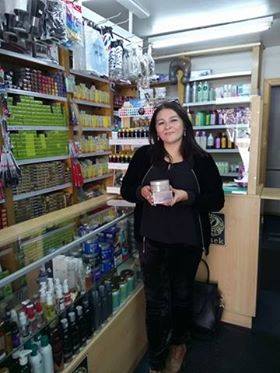
Andesgear Osorno | Venta de artículos outdoor
Explore the great outdoors with Andesgear Osorno, your trusted source for top-notch outdoor clothing and equipment in the heart of Los Lagos.
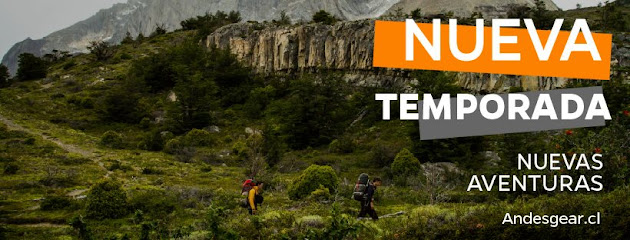
Azar Store
Discover unique and stylish clothing at Azar Store in Osorno's vibrant Mercado Municipal, where local culture meets fashion.
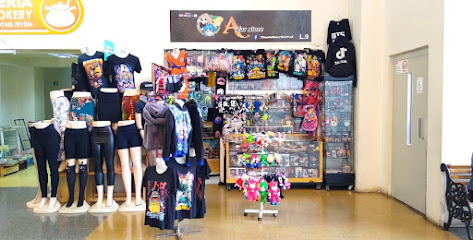
C.J.R FASHION STORE
Discover elegance at C.J.R Fashion Store in Osorno, where quality formal wear meets exceptional service for all your special occasions.
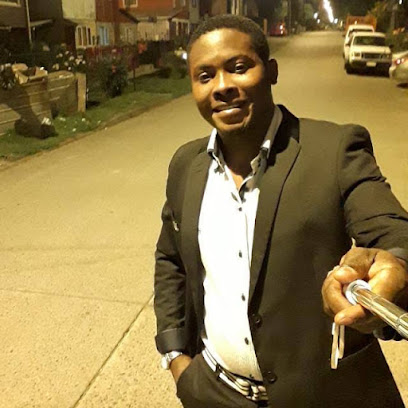
distribuidora stock
Explore the charm of Osorno with unique gifts, cosmetics, and jewelry at Distribuidora Stock – a local favorite for tourists seeking authentic souvenirs.
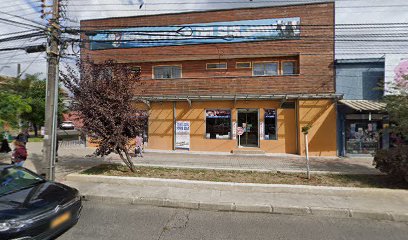
Essential bars & hidden hideouts
Taberna Pirata Bar
Experience the vibrant atmosphere and delicious grilled cuisine at Taberna Pirata Bar, a local favorite in Osorno, Chile.
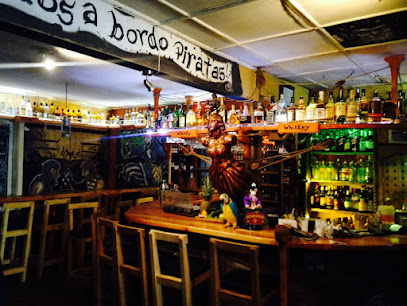
Bar Histórico
Experience the vibrant nightlife and rich history of Osorno at Bar Histórico, a local favorite for drinks and great company.
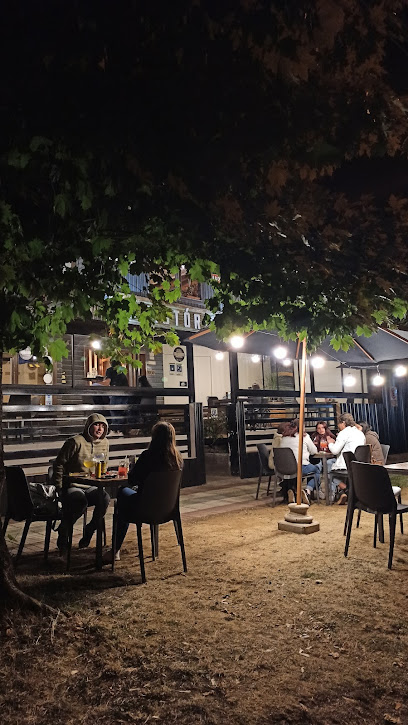
GREED, Cervecería y Taproom
Discover local craft beers and delicious dishes at GREED Cervecería y Taproom in Osorno, where every visit is a celebration of taste.

Antro's Rock Bar
Discover the vibrant nightlife of Osorno at Antro's Rock Bar, where great music and affordable drinks create unforgettable memories.
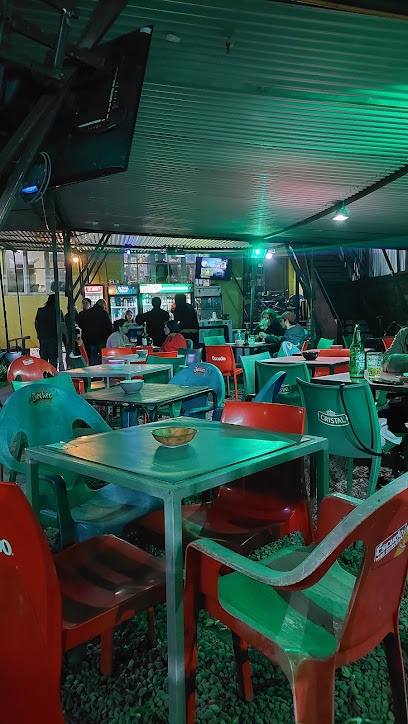
Plan B
Discover the vibrant atmosphere and delectable dishes at Plan B, Osorno's top gastropub, where every bite is a celebration of local flavors.
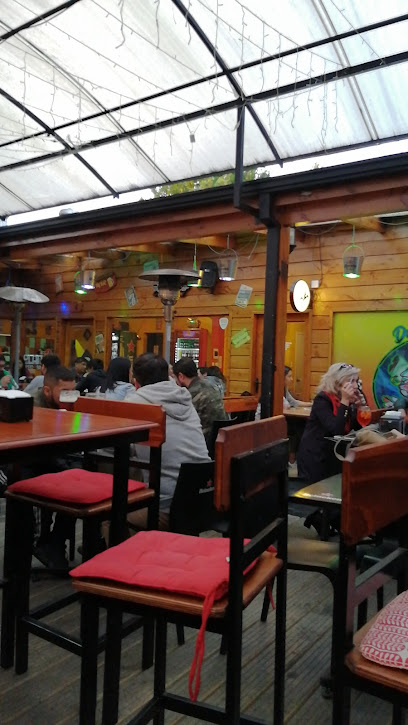
Pub La Vitrola
Discover the lively atmosphere of Pub La Vitrola in Osorno, where dancing, karaoke, and good vibes await every night.
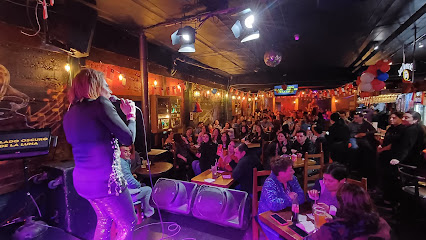
Matureo Lounge Bar
Experience the vibrant nightlife of Osorno at Matureo Lounge Bar, a lively spot for cocktails and local culture in an inviting atmosphere.
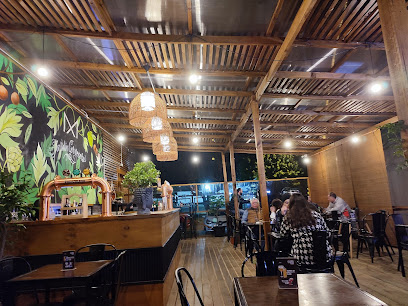
Tequilas Club Lounge
Discover the vibrant nightlife at Tequilas Club Lounge in Osorno, where great drinks and lively music create unforgettable nights.
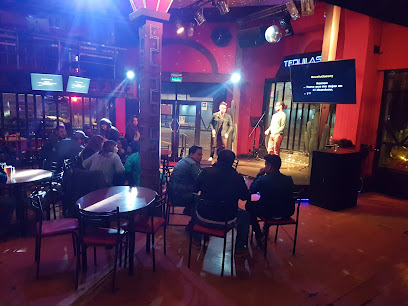
Excess Pub Osorno
Explore the vibrant nightlife of Osorno at Excess Pub – where locals and tourists gather to enjoy drinks, live music, and great company.
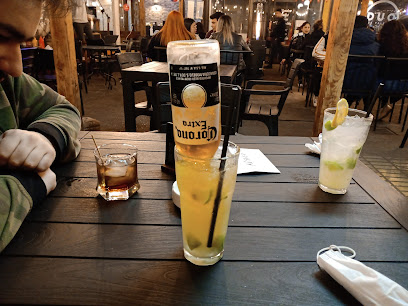
Belfast Irish Bar
Discover the warmth of Irish hospitality at Belfast Irish Bar in Osorno, where grilled delights and lively ambiance await.
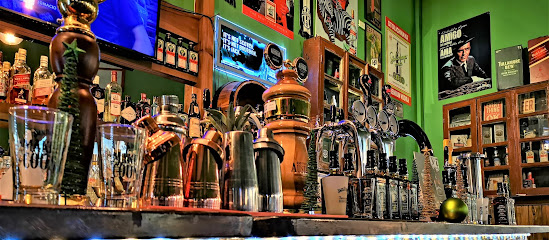
Guarida Pub Discoteque
Experience the vibrant nightlife of Osorno at Guarida Pub Discoteque, a lively pub and discotheque with great music and a welcoming atmosphere.
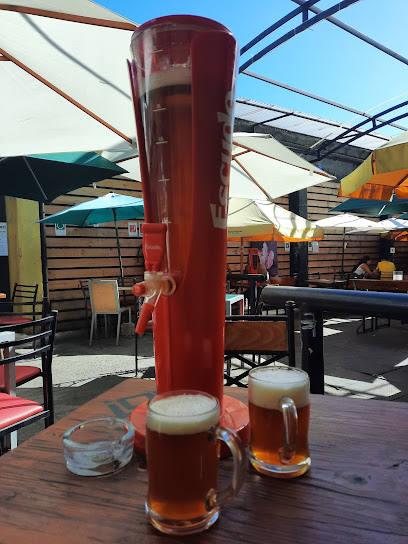
Capadocia Bar
Experience the vibrant nightlife of Osorno at Capadocia Bar, where delicious drinks and local flavors come together in a lively atmosphere.
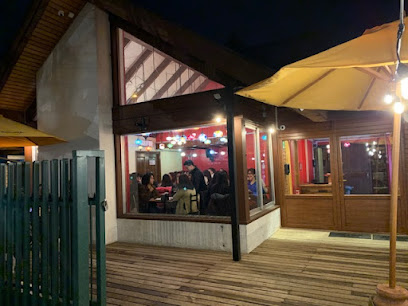
Bromus
Discover the vibrant flavors of Bromus in Osorno - a perfect blend of local cuisine and lively atmosphere for an unforgettable dining experience.

Rock House Bar
Rock House Bar in Osorno offers a lively ambiance, delicious drinks, and a chance to experience the local nightlife at its best.
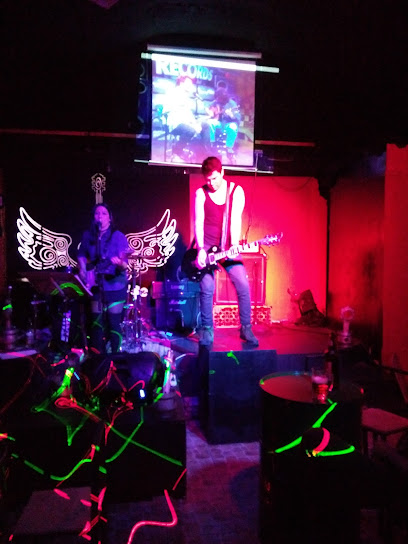
Happy Sour
Experience the pulse of Osorno's nightlife at Happy Sour, where crafted cocktails and a lively atmosphere await.
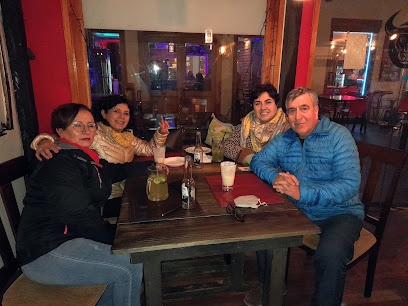
Local Phrases
-
- HelloHola
[oh-lah] - GoodbyeAdiós
[ah-dee-ohs] - YesSí
[see] - NoNo
[noh] - Please/You're welcomePor favor/De nada
[por fah-bor/deh nah-dah] - Thank youGracias
[grah-see-ahs] - Excuse me/SorryPerdón/Lo siento
[pehr-dohn/loh see-ehn-toh] - How are you?¿Cómo estás?
[koh-moh ehs-tahs] - Fine. And you?Bien. ¿Y tú?
[bee-ehn. ee too] - Do you speak English?¿Hablas inglés?
[ah-blahs een-glehs] - I don't understandNo entiendo
[noh ehn-tee-ehn-doh]
- HelloHola
-
- I'd like to see the menu, pleaseQuisiera ver el menú, por favor
[kee-see-ehr-ah behr ehl meh-noo, por fah-bor] - I don't eat meatNo como carne
[noh koh-moh kahr-neh] - Cheers!¡Salud!
[sah-loohd] - I would like to pay, pleaseQuisiera pagar, por favor
[kee-see-ehr-ah pah-gahr, por fah-bor]
- I'd like to see the menu, pleaseQuisiera ver el menú, por favor
-
- Help!¡Ayuda!
[ah-yoo-dah] - Go away!¡Vete!
[veh-teh] - Call the Police!¡Llama a la policía!
[yah-mah ah lah poh-lee-see-ah] - Call a doctor!¡Llama a un médico!
[yah-mah ah oon meh-dee-koh] - I'm lostEstoy perdido
[ehs-toy pehr-dee-doh] - I'm illEstoy enfermo
[ehs-toy ehn-fehr-moh]
- Help!¡Ayuda!
-
- I'd like to buy...Quisiera comprar...
[kee-see-ehr-ah kohm-prahr] - I'm just lookingSolo estoy mirando
[soh-loh ehs-toy mee-rahn-doh] - How much is it?¿Cuánto cuesta?
[kwan-toh kwehs-tah] - That's too expensiveEsto es muy caro
[ehs-toh ehs mooey kahr-oh] - Can you lower the price?¿Puedes bajar el precio?
[pweh-dehs bah-hahr ehl pree-syoh]
- I'd like to buy...Quisiera comprar...
-
- What time is it?¿Qué hora es?
[keh oh-rah ehs] - It's one o'clockEs la una
[ehs lah oo-nah] - Half past (10)Media (10)
[meh-dee-ah (deez-eez)] - MorningMañana
[mah-nyah-nah] - AfternoonTarde
[tahr-deh] - EveningNoche
[noh-cheh] - YesterdayAyer
[ah-yehr] - TodayHoy
[oy] - TomorrowMañana
[mah-nyah-nah] - 1Uno
[oo-noh] - 2Dos
[dohs] - 3Tres
[trehs] - 4Cuatro
[kwah-troh] - 5Cinco
[seen-koh] - 6Seis
[says] - 7Siete
[syeh-teh] - 8Ocho
[oh-choh] - 9Nueve
[nweh-veh] - 10Diez
[dyehs]
- What time is it?¿Qué hora es?
-
- Where's a/the...?¿Dónde está...?
[dohn-deh ehs-tah] - What's the address?¿Cuál es la dirección?
[kwal ehs lah dee-rehk-syohn] - Can you show me (on the map)?¿Puedes mostrarme (en el mapa)?
[pweh-dehs mohs-trar-meh (ehn ehl mah-pah)] - When's the next (bus)?¿Cuándo pasa el próximo (autobús)?
[kwan-doh pah-sah ehl proh-ksy-moh (ow-toh-boos)] - A ticket (to ....)Un boleto (a ...)
[oon boh-leh-toh (ah ...)]
- Where's a/the...?¿Dónde está...?
History of Osorno
-
Osorno was originally founded on March 27, 1558, by the Spanish conquistador García Hurtado de Mendoza. The city was named after his grandfather, the Count of Osorno. This initial settlement was part of Spain's broader effort to colonize southern Chile and establish control over the indigenous Mapuche people. However, the city faced numerous challenges and was abandoned in 1602 due to persistent attacks by the Mapuche.
-
After nearly two centuries of abandonment, Osorno was re-founded on November 22, 1796, by Ambrosio O'Higgins, the then Governor of Chile. The re-establishment was part of a strategic move to solidify Spanish presence in the region and to serve as a buffer against indigenous resistance. This era marked the beginning of Osorno's transformation into a prominent agricultural and commercial hub.
-
In the mid-19th century, Osorno became a focal point for German immigration. Encouraged by the Chilean government, many German families settled in the region, bringing with them advanced agricultural techniques and European customs. This wave of immigration significantly influenced the cultural and architectural landscape of Osorno, contributing to its unique blend of Chilean and German heritage.
-
Osorno's economy has historically been driven by agriculture, particularly cattle farming and dairy production. The fertile lands surrounding the city have made it an agricultural powerhouse in southern Chile. The development of the railroad in the late 19th and early 20th centuries further boosted economic growth, facilitating the transport of goods and connecting Osorno with other major Chilean cities.
-
Osorno was significantly affected by the Great Chilean Earthquake on May 22, 1960, the most powerful earthquake ever recorded. With a magnitude of 9.5, the earthquake caused widespread devastation in Osorno and surrounding areas. The city underwent substantial reconstruction efforts in the following years, which included modernizing infrastructure and implementing improved building codes to withstand future seismic events.
-
Osorno hosts numerous cultural events and festivals that celebrate its rich heritage. One of the most notable is the 'Semana Osornina,' a week-long festival held in January that features parades, music, dance, and traditional Chilean cuisine. Another significant event is the 'Fiesta de la Cerveza,' celebrating the city's German roots with an array of local and international beers, traditional German foods, and live music.
-
Osorno boasts a variety of architectural landmarks that reflect its historical and cultural evolution. The Cathedral of San Mateo, originally built in the 18th century and reconstructed after the 1960 earthquake, is a prime example of neoclassical architecture. The Plaza de Armas, the city's central square, is surrounded by historic buildings and serves as a focal point for community gatherings and public events.
Osorno Essentials
-
Osorno is located in the Los Lagos Region in southern Chile. The nearest major airport is Cañal Bajo Carlos Hott Siebert Airport (ZOS), which is approximately 7 kilometers from the city center. Domestic flights to Osorno are available from Santiago's Arturo Merino Benítez International Airport (SCL). Alternatively, you can reach Osorno by bus or car from Santiago, which takes about 10-12 hours by road along Route 5.
-
Osorno has a well-developed public transportation system, including buses and taxis. Local buses are an affordable way to get around the city. Taxis are also readily available and can be hailed on the street or booked via phone. Car rentals are available for those who prefer to explore the surrounding areas at their own pace. The city is pedestrian-friendly, and many attractions are within walking distance.
-
The official currency in Chile is the Chilean Peso (CLP). Credit and debit cards are widely accepted in hotels, restaurants, and shops in Osorno. However, it's advisable to carry some cash for smaller establishments and markets. ATMs are available throughout the city and offer the convenience of withdrawing local currency.
-
Osorno is generally a safe destination for tourists. However, it is important to remain vigilant and take standard precautions. Avoid walking alone at night in unfamiliar areas and be cautious with your belongings in crowded places. While there are no specific high-crime areas targeting tourists, staying aware of your surroundings is always a good practice.
-
In case of an emergency, dial 133 for the police, 132 for the fire department, and 131 for medical emergencies. Osorno has several hospitals and medical facilities that provide emergency care. It is recommended to have travel insurance that covers medical emergencies. Pharmacies are available in the city for minor health issues and over-the-counter medications.
-
Fashion: Do dress comfortably and weather-appropriately as the climate can vary. Avoid overly revealing clothing, especially when visiting rural areas. Religion: Do respect local customs and religious practices. Public Transport: Do be courteous and offer your seat to elderly passengers. Don't eat or drink on public transportation. Greetings: Do greet people with a friendly 'Hola' or 'Buenos días'. A handshake is a common greeting. Eating & Drinking: Do try local dishes and accept food offerings graciously. Don't refuse hospitality, as it is considered impolite.
-
To experience Osorno like a local, visit the Feria Libre market, where you can buy fresh produce and local goods. Engage with locals, who are often friendly and willing to share stories about the city's history and culture. Don't miss visiting the Osorno Volcano and the Puyehue National Park for stunning natural landscapes. For a unique culinary experience, try the local dish 'curanto', a traditional Chilean stew.
Trending Landmark in Osorno
-
Plaza de Armas de Osorno
-
Sonesta Hotel Osorno
-
Cuarto Centenario Park
-
Parque chuyaca
-
Auto Museum Moncopulli
-
Hotel Diego de Almagro Osorno
-
Fuerte Reina Luisa
-
Catedral San Mateo
-
Kaufmann Osorno
-
Pueblito Artesanal de Osorno
-
IV Centenario Park
-
Museo de Artes Visuales Surazo
-
turismo osorno
-
Casonas de primeros Inmigrantes Alemanes
-
Isla del Misterio
Nearby Cities to Osorno
-
Things To Do in Puerto Varas
-
Things To Do in Valdivia
-
Things To Do in Bariloche
-
Things To Do in San Carlos de Bariloche
-
Things To Do in Pucon
-
Things To Do in Temuco
-
Things To Do in Concepción
-
Things To Do in Curicó
-
Things To Do in Rancagua
-
Things To Do in San Rafael
-
Things To Do in Santiago
-
Things To Do in Valparaíso
-
Things To Do in Viña del Mar
-
Things To Do in Mendoza
-
Things To Do in San Juan






